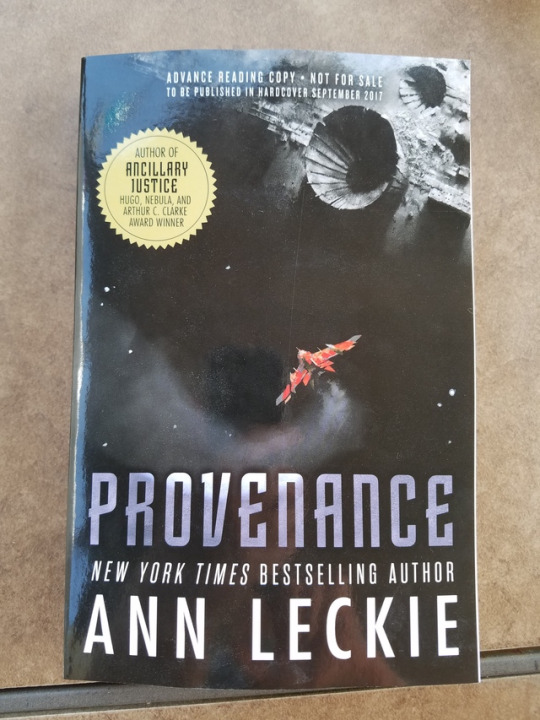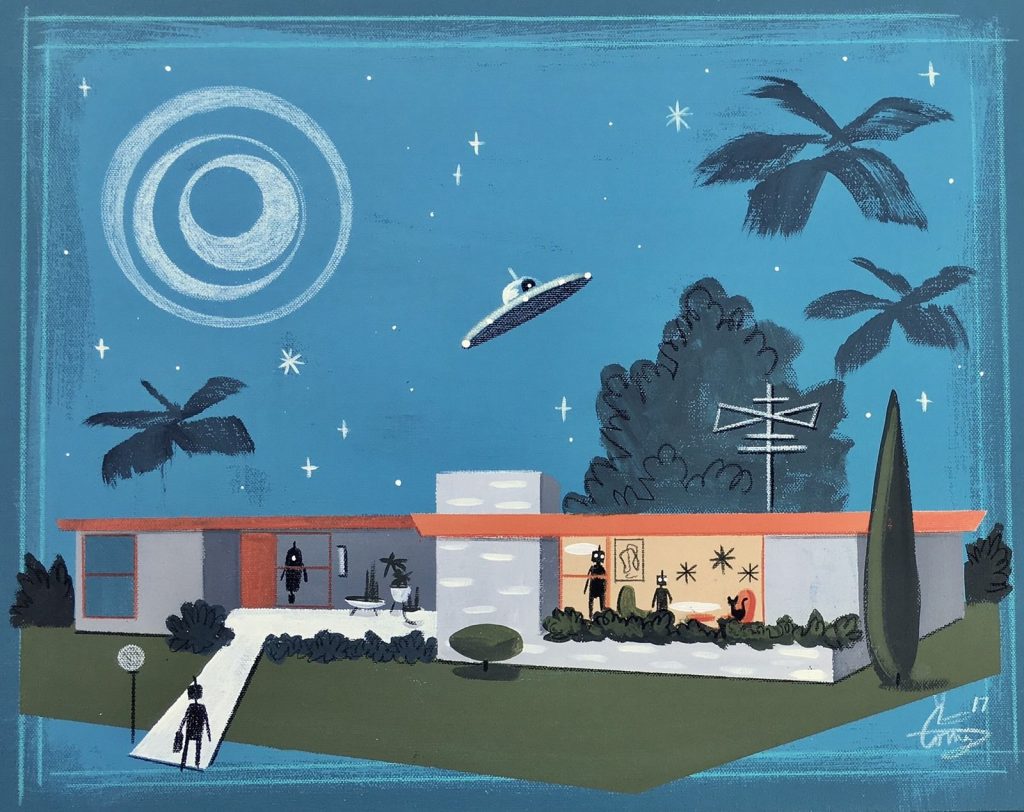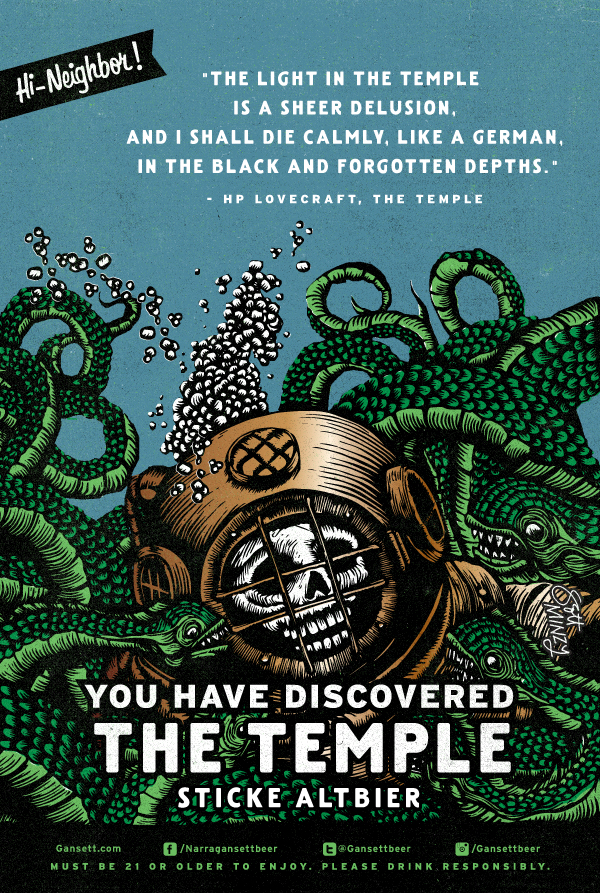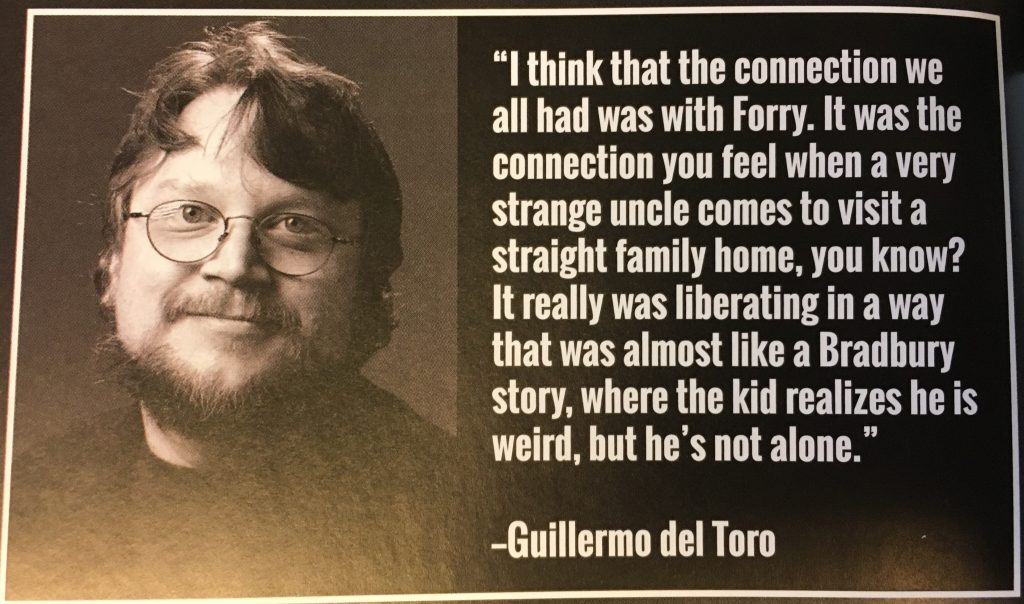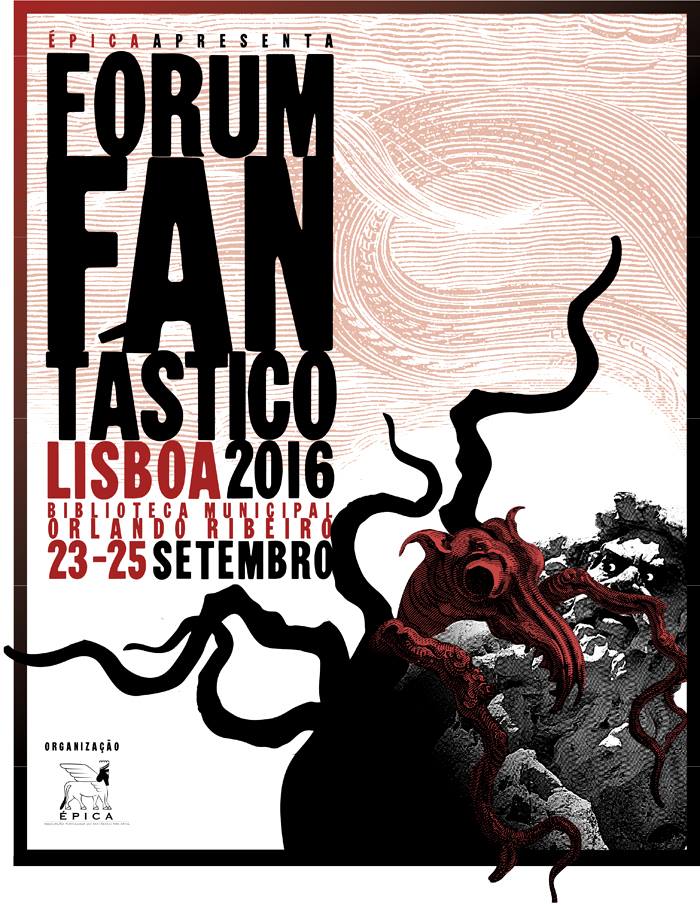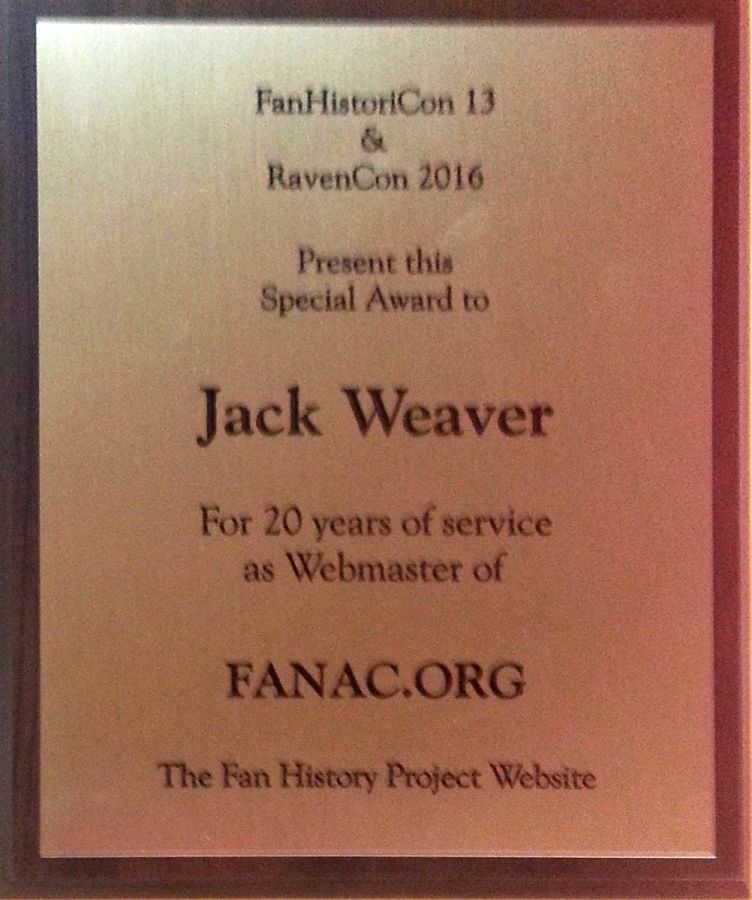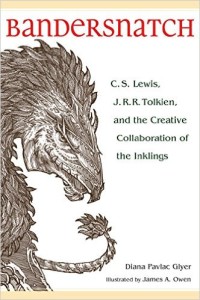(1) 2017 MANNING AWARD NOMINEES. Four of the five Russ Manning Promising Newcomer Award nominees for 2017 are women:
- Rafael de Latorre, artist of Animosity and Superzero (AfterShock)
- Riana Dorsey, artist of Cloud Riders (Hashtag Comics)
- Mindy Lee, artist of Bounty (Dark Horse)
- Leila Leiz, artist of Alters (AfterShock)
- Anne Szabla, writer/artist of Bird-Boy (Dark Horse)
(2) LEGENDARY BOOKSTORE TO CLOSE. Dark Carnival, SF bookstore in Berkeley, will soon go out of business, and may take the owner’s nearby comics store with it: “After 41 years, Berkeley sci-fi bookstore Dark Carnival is closing”.
After 41 years serving an enthusiastic customer base of sci-fi geeks and proud comic-book nerds in Berkeley, Dark Carnival, at 3086 Claremont Ave., is closing up shop. Its sister store, The Escapist, which is two doors down on Claremont, may also shutter if sales don’t pick up.
Owner Jack Rems describes himself as heartbroken. Speaking to Berkeleyside Monday, he said he had made the decision due to declining sales. He expressed gratitude to all his long-term customers and encouraged people to come by the store where he is holding a “progressive sale.” All stock is currently being offered at a 20% discount.
Rems doesn’t yet know when he will close the doors to the treasure-trove of a shop for the final time. “I need to pay bills, so as long as by selling off stock we are generating more than it costs [we will stay open],” he said.
(3) ARC AND PSA. The release of Ann Leckie’s Provenance draws closer. The author just got her advance reading copies.
It’s a real book! Sort of.
Just as a reminder–readers of this blog likely already know, but still–Provenance is set in the Ancillaryverse but does not concern the same characters and is not set in Radch Space. No, and not in the Republic of Two Systems either. It will be out September 26, 2017, and I’m given to understand there will be an audiobook, out on the same date. I have no further details about audio, though.
(4) STRANGE TAXONOMY. “The idea that the X Prize Foundation is funding sf is big news,” says Martin Morse Wooster about the news story below, “BUT if you look at the Science Fiction Advisory Council press release you will see that Neil Gaiman and Andy Weir are ‘novelists’ while Charles Stross and Mike Resnick are ‘science fiction writers.’”
From Slate, “Prototyping a Better Tomorrow”:
The fact that so many people are turning toward these dire visions of the future may seem like cause for worry, but it is also a sign of hope. Great dystopian works like The Handmaid’s Tale and 1984, in the words of one defender of dystopian fiction, can serve as self-defeating prophecies helping us to recognize and prevent the dark worlds they depict. Put another way, The Handmaid’s Tale actually is an instruction manual, meant to teach us what we must fight to avoid. But hope can’t live on dystopia alone. It requires positive visions, too.
Thankfully, an ambitious new project launched this month aims to use the vision and expertise of the science fiction community–including Atwood herself–to move past dystopian visions. The newly announced Science Fiction Advisory Council, composed of a stellar selection of 64 bestselling sci-fi writers and visionary filmmakers, has tasked itself with imagining realistic, possible, positive futures that we might actually want to live in–and figuring out we can get from here to there. The council is sponsored by XPRIZE, the nonprofit foundation that uses competition to spur private development of things like a reusable suborbital spacecraft. The advisers on the council will “assist XPRIZE in the creation of digital ‘futures’ roadmaps across a variety of domains [and] identify the ideal catalysts, drivers and mechanisms–including potential XPRIZE competitions–to overcome grand challenges and achieve a preferred future state.”
(5) DIVERGING PATHS. For everyone who read these books and thought they should do this except it would take so much time, Tor.com brings you “The Secret Maps Buried Beneath the “Choose Your Own Adventure” Books”.
“Choose Your Own Adventure” was a groundbreaking book series that prepared many of our child minds for the internet…or for keeping track of all the endnotes in Infinite Jest if you’re into that sort of thing. But did you know that each twisty, unforgiving story in the CYOA series has a map? The good folks over at Atlas Obscura have dug into the books and the maps they’ve generated.
The series original ran from 1979 to 1998, but since 2004, Chooseco, the company founded by one of the CYOA author, R.A. Montgomery, has re-released classic volumes and included the maps that are created by all the possible choices in each book! The official maps keep things fairly clear-cut. Pages are shown by an arrow, circles represent the choices the book offers its readers, each possible ending is represented by a square, and the dotted lines show the links between choices.
(6) ELECTRONIC ENTERTAINMENT EXPO. Follow this link to a roundup of game news from E3 2017.
There is a long list of announcements and news items in Tuesday’s individual post alone.
(7) ORGAN CONCERT. Daniel P. Dern was fascinated by the New York Times article about “The Liver: A ‘Blob’ That Runs the Body”.
The underrated, unloved liver performs more than 300 vital functions. No wonder the ancients believed it to be the home of the human soul.
Dern points to “fascinating stuff” like –
Scientists have also discovered that hepatocytes, the metabolically active cells that constitute 80 percent of the liver, possess traits not seen in any other normal cells of the body. For example, whereas most cells have two sets of chromosomes — two sets of genetic instructions on how a cell should behave — hepatocytes can enfold and deftly manipulate up to eight sets of chromosomes, and all without falling apart or turning cancerous.
“Not to mention the amusing term, ‘liverati’,” he continues. “Wonder if this organ was originally an alien symbiote, etc?”
(8) BEOWULF’S NEW NEIGHBOR. A Python’s diaries go to the British Museum.
Michael Palin has made a significant donation of written archives to the British Library, which documents his literary and creative career, covering the years 1965-1987.
Not much text, but some interesting video with commentary. Chip Hitchcock adds, “Note especially that the original contract paid one person in pounds and the rest in guineas; how very antique.”
(9) PUFF, PUFF, PUFF. What happened to Robert the smoking robot? A briefly-notorious private project from the 1930’s.
Today, the story of Robert the Robot is little known, even in the Northamptonshire town where he was once a celebrity.
Yet in the 1930s, his fame reached as far as Czechoslovakia and the United States, where he even featured in Time magazine.
And the reason he came to be?
“Someone bet me £5 I could not make a robot in three weeks,” inventor Charles Lawson, who had a radio shop, told a newspaper at the time.
“I won.”
… “The robot relied on a combination of motors, photoelectric cells, telephone relays and a record player to perform 26 pre-programmed routines, each one initiated by voice commands from a human co-star.
“Smoking was done using automated bellows which were also a feature of 19th Century automatons.
“Remember that this type of robot did not have access to a computer and so talking was done using a triggering mechanism for a record player playing old 78 RPM bakelite records.”
(10) TODAY IN HISTORY
- June 13, 1953 — The Beast from 20,000 Fathoms hit theaters.
- June 13, 1981 — Clash of the Titans was released.
(11) FORGOTTEN TV. Echo Ishii holds forth on a rare Seventies series with Edward Woodward in “SF Obscure: 1990”.
1990, made in 1977, posits a future Britain run by the Public Control Department (PCD)- an all powerful bureaucracy in which government regulations turn into social control. A few lone journalists walk a fine line between criticizing the government and being shut down.
It starts with an attempt at a military overthrow in the mid 1980’s in which the state took over. Emigration, not immigration, is Britain’s biggest problem as those with skilled jobs and higher education seek a life abroad.
(12) TRUE SCI-FI. John King Tarpinian says, “I’ve not heard of this artist but I love his work: “El Gato Gomez Painting Retro Mid Century Modern Atomic Ranch House Robot Sci -Fi” for sale on eBay.
(13) TALKING OVER. Rose Eveleth’s “What I Learned About Interruption From Talk Radio”, on her blog Last Word on Nothing, comes recommended by Martin Morse Wooster: “I think has a lot of good practical advice which panelists at conventions can use.”
On June 3rd, writer and philosopher Jim Holt was moderating a panel at the World Science Festival called “Pondering the Imponderables: The Biggest Questions of Cosmology.” …One of the panelists was a woman named Veronika Hubeny, a theoretical physicist. She was the only woman on the panel. Holt asked Hubeny a question about string theory. And then, without letting Hubby [sic] answer his question, Holt began to hold forth on string theory.
The exchange was caught on camera, so you can watch it here. Hubeny is clearly trying to answer Holt’s question, but he simply won’t stop talking to let her. At one point, a woman in the audience named Marilee Talkington, actually shouted “LET HER SPEAK” to stop Holt from interrupting (you can read her entire account of the panel here). After a pause that I’m sure felt like ages to Talkington, the audience burst into applause. Hubeny then finally got to speak.
I’m not here to adjudicate this exchange, and I’m sure if you want to read heated debates about it you can find those using your trusty search engine of choice. Or the YouTube comments, if you enjoy true pain.
But this, this thing where a man simply doesn’t let you get a word in edgewise, this doesn’t happen to me much. Sure, I’ve had my fair share of mansplainers (my favorite being a clone of Solnit’s book-explainer, the man who explained my own podcast to me). But I don’t generally have trouble getting a word in. And I think it’s because I learned how to handle men who talk over me by listening to all that talk radio.
So here are my tips for anybody who might find themselves in a situation like Hubeny, where someone simply isn’t letting you get a word in, as learned from many, many hours of talk radio.
Let’s start with some general rules. First, when you are dealing with a chronic over-talker, do not try to be subtle. This is not a situation in which you should “go high.” Politeness does not work here, nor does trying to “take the high road.” You will wait forever for them to notice that they are doing this. You will die or fall asleep or the universe will end in a white-hot explosion before they will stop and think “hm I have been talking a lot I wonder if I’m talking over this person.”
Second, there are no pauses in talk radio, no long moments of thinking, no silences while you try to formulate a thoughtful response. Think of this conversation like a rock climbing wall. Each breath and micro-pause is a foothold. Your interlocutor will grab every single one and climb to the top, and you will be left at the bottom staring up at his backside. And it is not a nice view, let me assure you. …
(14) THE CANDY MAN. Atlas Obscura argues that “C.S. Lewis’s Greatest Fiction Was Convincing American Kids That They Would Like Turkish Delight”. And American adults — as a Narnia fan it seemed de rigeur to try some why I was on a tour of Turkey in 2004.
Turkish Delight, or lokum, is a popular dessert sweet throughout Europe, especially in Greece, the Balkans, and, of course, Turkey. But most Americans, if they have any association with the treat at all, know it only as the food for which Edmund Pevensie sells out his family in the classic children’s fantasy novel The Lion, The Witch, and The Wardrobe. Until I first tried real Turkish Delight in my 20s, I had always imagined it as a cross between crisp toffee and halvah, flaky and melting in the mouth.
Here’s what it really is: a starch and sugar gel often containing fruit or nuts and flavored with rosewater, citrus, resin, or mint. The texture is gummy and sticky, some of the flavors are unfamiliar to American palates, and the whole thing is very, very sweet. (In addition to the sugar in the mixture, it’s often dusted with icing sugar to keep the pieces from sticking together.) While some Turkish Delight newbies may find they enjoy it, it’s not likely to be the first thing we imagine when we picture an irresistible candy treat.
What I had matches the author’s description. And it was okay, but far from addictive.
(15) HOPS HORROR. “Don’t drink and dive,” says Andrew Porter after seeing this ad for The Temple from Narragansett Beer.
The Story
There was nothing we could do. It was just after 2pm on June 28th when we heard the explosion from the engine room. We were across enemy lines and we could do nothing but sink quietly to the ocean floor. Helpless and incapacitated, our submarine drifted for days — weeks. That’s when we found it aboard the ship — a very odd and seemingly ancient ivory medallion. As the men started to pass it around the ship for inspection, their minds began to fill with darkness and visions of those lost to the deep floating by the portholes of the ill-fated vessel in which we were trapped.
League by league, we fell into black nothingness, and with every league another member of my crew was stripped of his sanity. “MERCY!” they would begin to cry. Over and over. One by one they would turn. There was nothing else we could do… what else could we do? It needed to stop!
Today is August 9th. I have been resting on the ocean floor for nearly 3 weeks now alone and in complete darkness… except for… My mind has been tainted by hallucination. I swear it. Outside of the porthole lies a temple with a lone light shining over it’s door. The voices of my men have been chanting, pushing me to explore the impossible structure. I fell to their temptations, put my diving suit on, and stepped out onto the pitch black ocean floor and headed for the inconceivable glow. Once I arrived on the steps a voice hissed, “What do you seek?”
(16) CARTOON OF THE DAY/. In Martin, Sholto Crow reveals what happens if you use a metal detector on the beach and you dig up something that has a green flashing warning light!
[Thanks to JJ, DB, Cat Eldridge, Daniel P. Dern, Martin Morse Wooster, Michael J. Walsh, Andrew Porter, and John King Tarpinian for some of these stories. Title credit goes to File 770 contributing editor of the day Daniel Dern.]

